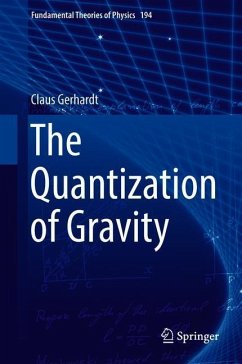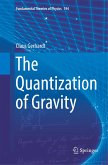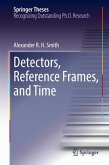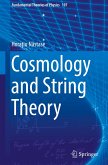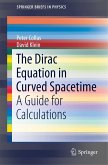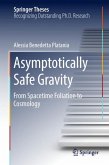A unified quantum theory incorporating the four fundamental forces of nature is one of the major open problems in physics. The Standard Model combines electro-magnetism, the strong force and the weak force, but ignores gravity. The quantization of gravity is therefore a necessary first step to achieve a unified quantum theory. In this monograph a canonical quantization of gravity has been achieved by quantizing a geometric evolution equation resulting in a gravitational wave equation in a globally hyperbolic spacetime. Applying the technique of separation of variables we obtain eigenvalue problems for temporal and spatial self-adjoint operators where the temporal operator has a pure point spectrum with eigenvalues $lambda_i$ and related eigenfunctions, while, for the spatial operator, it is possible to find corresponding eigendistributions for each of the eigenvalues $lambda_i$, if the Cauchy hypersurface is asymptotically Euclidean or if the quantized spacetime is a black hole with a negative cosmological constant. The hyperbolic equation then has a sequence of smooth solutions which are products of temporal eigenfunctions and spatial eigendistributions. Due to this "spectral resolution" of the wave equation quantum statistics can also be applied to the quantized systems. These quantum statistical results could help to explain the nature of dark matter and dark energy.
"This is an interesting as well as an important book. ... The book is, of course, well written, elegant, and well balanced. ... for anyone doing research in quantizing gravity, the procedure and framework offered by this book will provide a wider and more complete perspective on the challenge. In other words, this should become a textbook or a cited reference for consultation in any advanced course where quantum gravity is one of the main topics." (Paulo Moniz, Mathematical Reviews, July, 2019)

